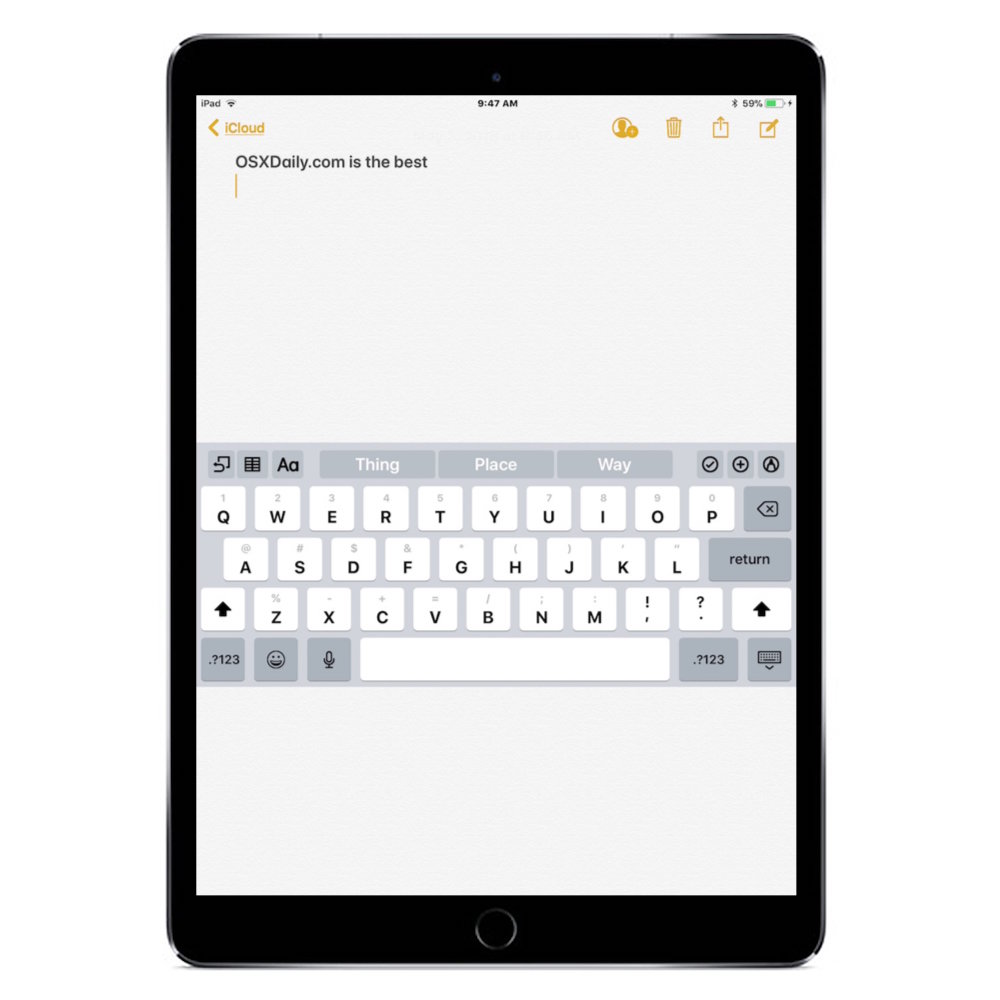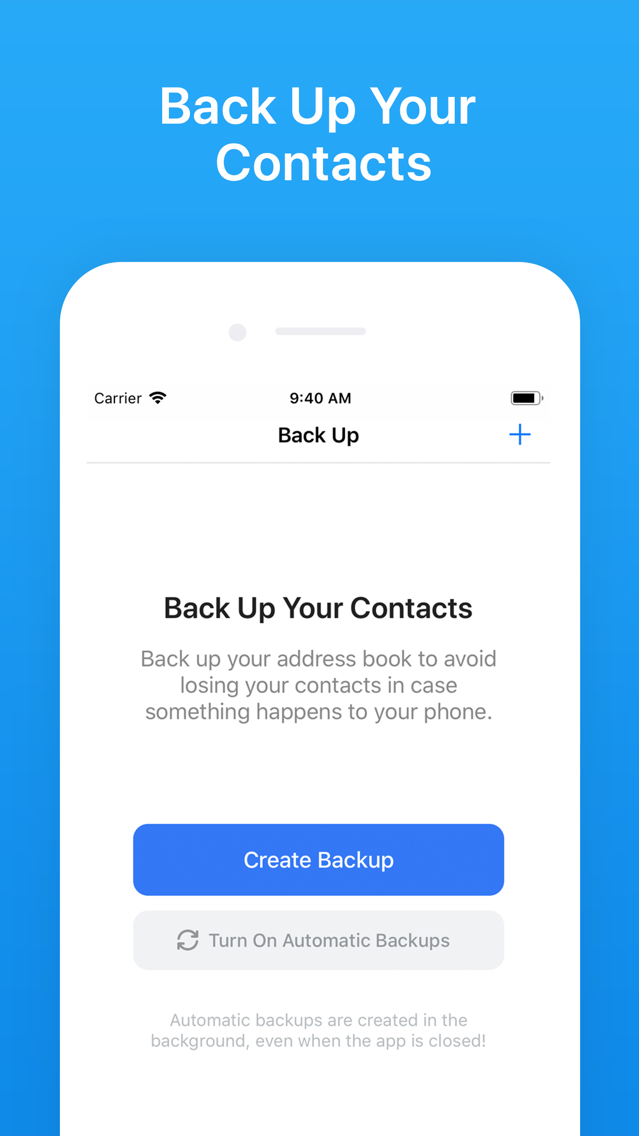

The most detailed chart information for each area is used for the analysis: when not zoomed into the most detailed chart, the features of the lower scale charts may not match those of the more detailed charts and in many cases features such as soundings may not be available. The results are presented graphicly on the chart display, with potentially unsafe areas marked in red. The current tidal offset is incorporated into the analysis.Īnalyzing the charts can be processing-intensive and you may experience lagging behavior, especially on older devices. When determining which items to highlight, the Safety Contour is used for Depth Areas and Depth Contours. Raster charts and non-ENC overlays (such as Autocad DXF, Shapefiles, XYZ, and GML data) are not considered when checking safe-water. For areas where bENCs are used, only features in the bENCs are included in the analysis (none from ENCs in the overlapping areas). Any areas that overlap only use data from the bENC. When Bathymetric ENCs are in use, they are used in preference to ENCs. Only ENCs with scale at least 1:100,000 are used for calculation of safe water. This feature is intended as an aid and is not a substitute for careful monitoring of Own-Ship's course.Ĭheck Route for Obstructions (Only SEA iq Pilot) : When enabled, charts are analyzed for dangers with the active route. When executing turning maneuvers, there may be small areas at edge of Own-Ship's swept path that are not included in the monitoring for safe water. You may notice there is a small lag before unsafe areas are updated. Safety scans are calculated periodically, every 5 seconds. Areas in predicted path identified as potentially unsafe water are outlined in red. When areas are detected in predicted path, an alarm generated at most once every 2 minutes. Raster charts and non-ENC overlays (such as Autocad DXF, Shapefile, XYZ, and GML data) are not considered when checking safe-water.


Any areas that overlap only use data from the bENC.Īt most 12 minutes of predicted course are monitored. Only ENCs with scale at least 1:30,000 are used for calculation of safe water. If Vessel Buffer is enabled, the buffer area is added to the size of the safe area. Monitor Safe Water (Only SEA iq Pilot) : When enabled, the predicted swept-path of Own-Ship is monitored for any depth areas (or dredged areas) that are shoaler than then Safety Contour setting. This is the opposite of Transit mode (aside from Straight Course Vector, Follow Offset, and True-Scale Prediction) Turning this on has the same effect as making the following changes. This is the opposite of Maneuver mode (aside from Straight Course Vector, Follow Offset, and True-Scale Prediction).Ĭlose Maneuver Mode (Only SEA iq Pilot) : Enable Maneuver mode. Transit Mode (Only SEA iq Pilot) : Enable Transit mode. Any items listed here may be changed or removed in future Should not be used without first carefully reading the documentationīelow. Offshore is a different kettle of fish.The settings listed here are not used by the typical user. No matter what's on the boat that is my primary nav.ĭaysailing in familiar waters is one thing. Weather (from my WEFAX) on one screen, nav on the second, radar on the TV and I'm a happy skipper. Depending on what's on the boat (not just electronics but batteries and power generation) I can sometimes hook up a salon TV as well. I have two screens in my delivery go-kit and a bunch of dongles and cables. I happen to use OpenCPN but there are lots of options. I'm a big fan of PC nav at the nav station below. No Christmas trees in front of the wheel. They don't get dim enough at night to preserve dark adaptation no, "dark mode" isn't good enough.īest topside nav is a hardware chartplotter under the dodger to port. They aren't as waterproof as promised and especially not when charging. Your finger is going one way while the screen goes another then you fall off a wave when you're trying to click. I'm an offshore guy so that is my perspective. Nearly anything will work for daysailing in nice weather.


 0 kommentar(er)
0 kommentar(er)
